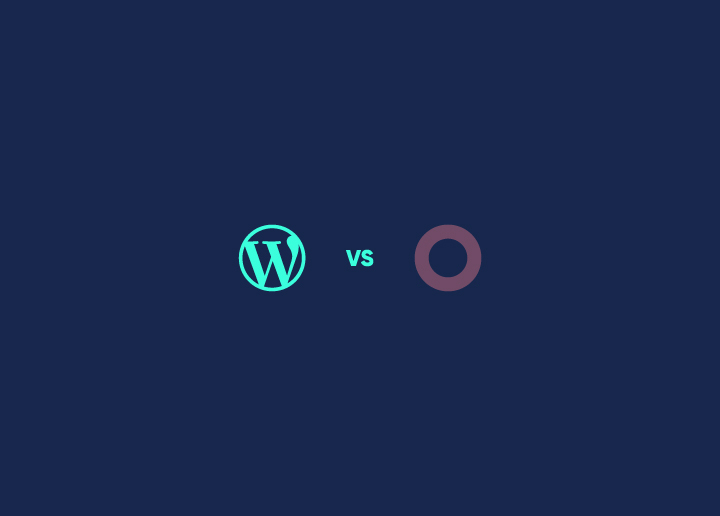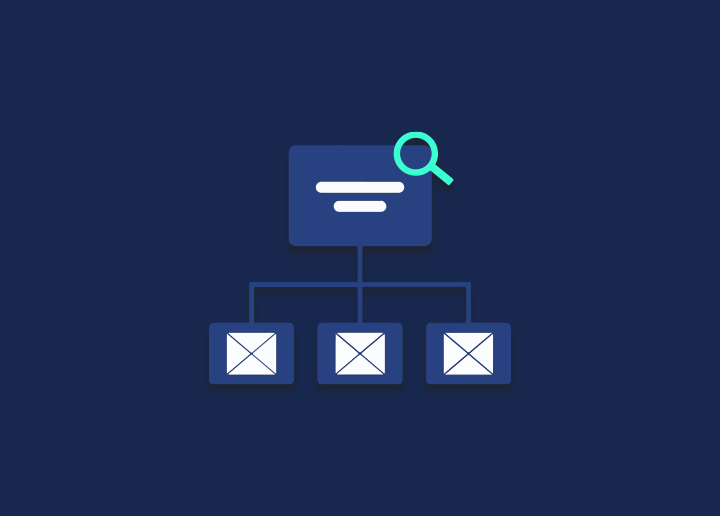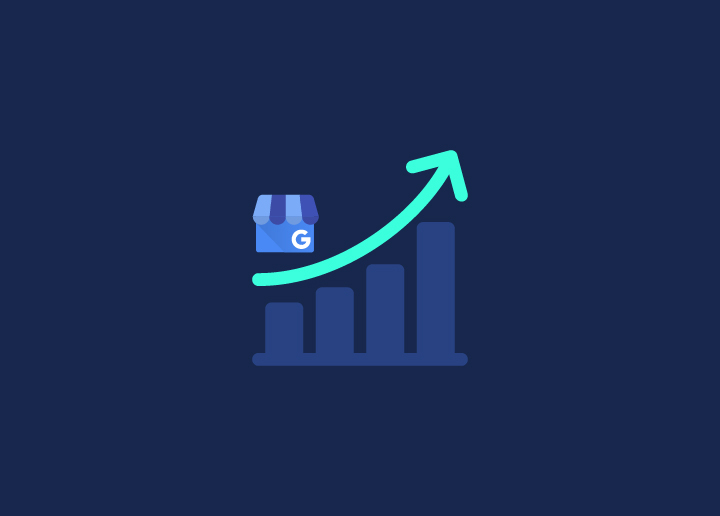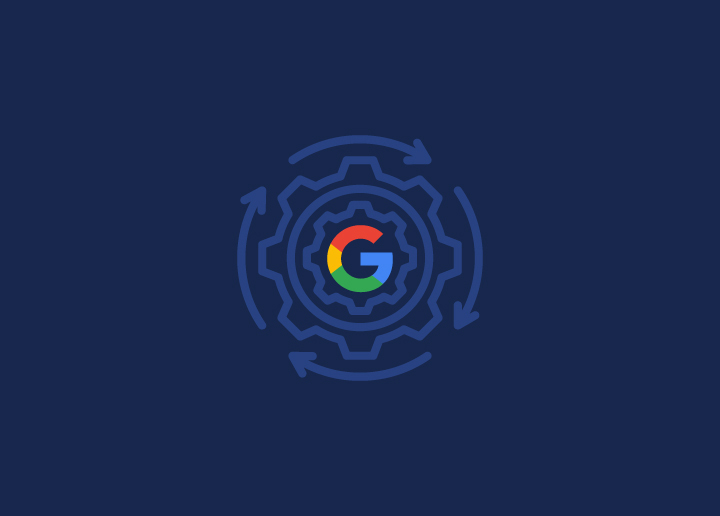A file known as an XML sitemap ensures that search engines like Google can locate and crawl all relevant pages on a website. It is also helpful for search engines to have Google crawl all of the essential pages on your website. However, there are occasions when sites have no internal links going to them, making it challenging to locate them. Discovering material on a website may be sped up by using a sitemap.
Contents
ToggleWhich pages need to be included in the XML sitemap for your website?
What criteria do you use to choose the pages included in your XML sitemap? Always begin by considering how relevant a URL is: if a visitor clicks on a specific URL, will they end up on a page that provides valuable information? Do you want people to arrive at that URL when they visit your site? If not, then it most likely shouldn’t be included in it. You will need to include a ‘noindex’ tag to ensure that the URL in question does not appear anywhere in the search results. There is no guarantee that Google will not index the URL even if it is omitted from your sitemap. If Google can locate it by following links, then Google can index the URL.
How to ensure that Google can locate your sitemap?
You will need to upload your XML sitemap to your Google Search Console account to facilitate a faster discovery of your sitemap by Google. You will instantly be able to see inside the ‘Sitemaps’ area whether your XML sitemap has been added or not. If this is not the case, you can include your sitemap at the top of the page.
Including your sitemap makes it easier to determine whether or not Google has indexed all of the pages included in your sitemap. If there is a significant gap between the number of items that have been “submitted” and those that have been “indexed” on a certain sitemap, we suggest looking into this matter further. There is a possibility that a mistake is preventing some pages from being indexed.
Verify the information in your XML sitemap
You are now aware of how significant an impact an XML sitemap may have on the Search Engine Optimization of your website. If you provide the appropriate URLs to your most significant sites and articles, Google will have no trouble accessing those pages and posts. Google can also readily identify updated material, which allows them to determine whether a URL has to be crawled once again.
The Reason Behind Sitemaps
Sitemaps are beneficial for websites that include the following features:
- The interface that allows you to browse the website does not provide access to all of the website’s sections.
- Web admins use rich content created using Ajax, Silverlight, or Flash, which are often inaccessible to search engines.
- When websites contain a significant number of pages that are not adequately connected or are separated from one another in some way, there is a possibility that web crawlers may miss some of the new or recently updated information on the website. The website in question is quite enormous.
Refer to Seahawk Media for more such articles.
















